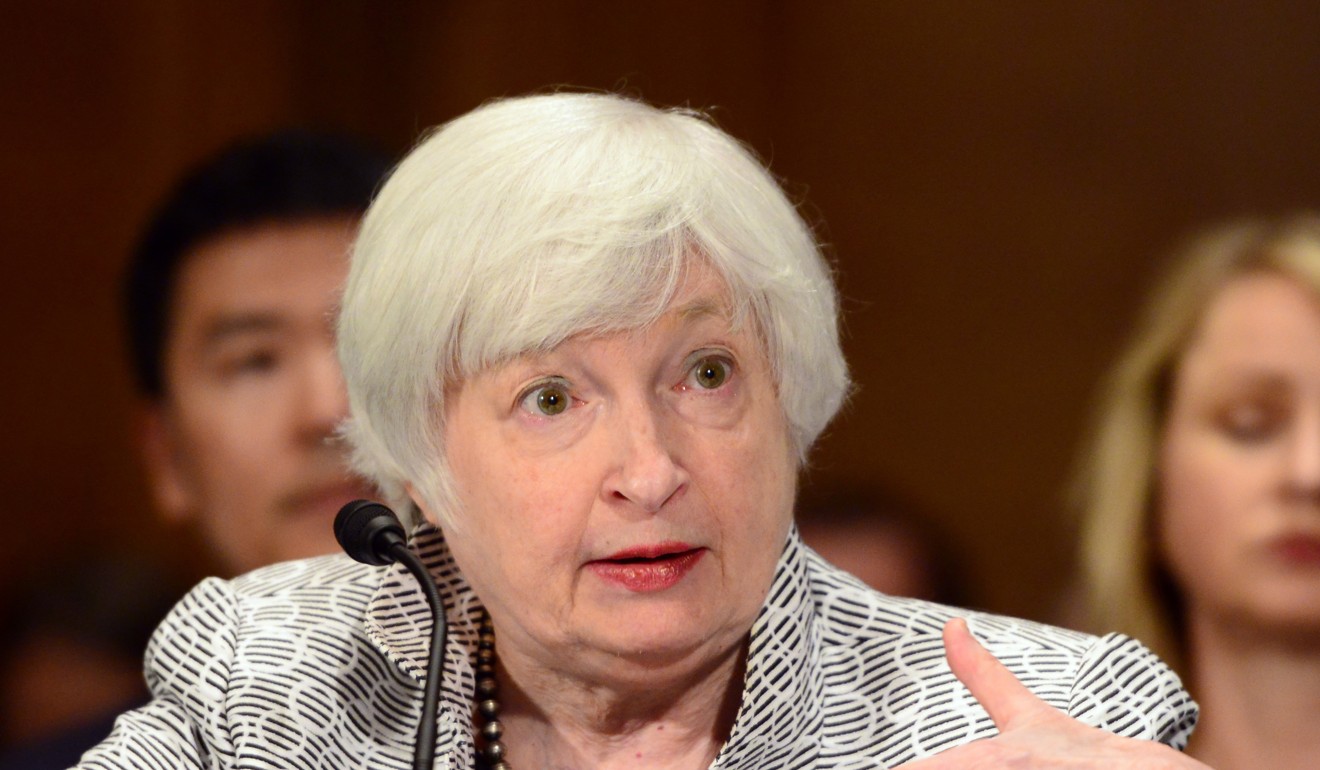
Will China follow the Fed in ‘normalising’ monetary policy?
Last week, Sun Guofeng, director general of the Financial Research Institute, said emerging economies should start to normalise their monetary policy and exit from making monetary stimulus measures

China’s central bank is expected to tighten its monetary policy in close step with the US Federal Reserve, which some analysts say could create headwinds to its economic growth as well as add more risk to its financial markets in the coming year.
Traders have now mostly priced in a potential interest rate increase by the Fed at the conclusion of its two-day policy meeting this week.
But markets are still closely watching chairman Janet Yellen’s remarks for clues on the outlook of the economy and monetary policy stance for next year.
In response to the US’s normalisation of monetary policy and in line with its efforts to curb risky lending to its financial sector, the PBOC may now lift rates on its reverse repurchase agreements (repos) or the rate on its medium-term lending facility in the coming months, analysts said.
While the People’s Bank of China has kept its one-year lending rate unchanged at 4.35 per cent for two years, it has been tightening financial conditions by adjusting its liquidity management tools and implementing macro-prudential, deleveraging regulation since end-2016.

Last week, Sun Guofeng, director general of the Financial Research Institute, said that emerging economies should start to normalise their monetary policy and exit from making monetary stimulus measures, such as so called quantitative easing – in which a central bank government securities or other securities from the market to lower interest rates and increase money supply – introduced during the financial crisis.
“We are expecting all regional central banks to have a tightening bias. In China’s case, expect to see more from deleveraging regulation tightening,” said Helen Qiao, Bank of America Merrill Lynch China and Asia Economist.
The PBOC has raised rates on its 7-day, 14-day and 28-day repos twice this year for a total of 20 bps. Separately, it has also lifted rates on 6-month and 12-month medium-term lending facility also by 20 bps.
We are expecting all regional central banks to have a tightening bias. In China’s case, expect to see more from deleveraging regulation tightening
Indeed efforts by the PBOC to tighten financial market conditions have already had a significant impact on liquidity that can be detected in China’s short-term money markets.
The weighted average of the one-month repurchase rate in the interbank market has hit 5.2762 per cent, up 26 bps this week and surging 197 bps this year.
China’s tighter financial conditions are being aimed at reducing risky lending in the financial markets and better-quality economic growth. They also mean higher funding costs for firms and the public sector that would ultimately become a headwind to the economy, Qiao said.
Nomura forecasts the yuan to underperform the region in 2018, depreciating to 6.65 per US dollar in the second quarter before further dropping to US$6.80 because of increasing focus on China’s debt levels and accompanying risk premium and growth risks.
China’s slowdown may potentially lead to spillovers to Hong Kong, Asia and globally and mean higher risks for financial markets in 2018, said Rob Subbaraman, head of emerging market economics at Nomura.
“I would say there are pressure points that could be reached in 2018,” Subbaraman said.
“I don’t rule out a spike in corporate defaults, or a sharper-than-expected property correction or an acceleration of capital outflows.”